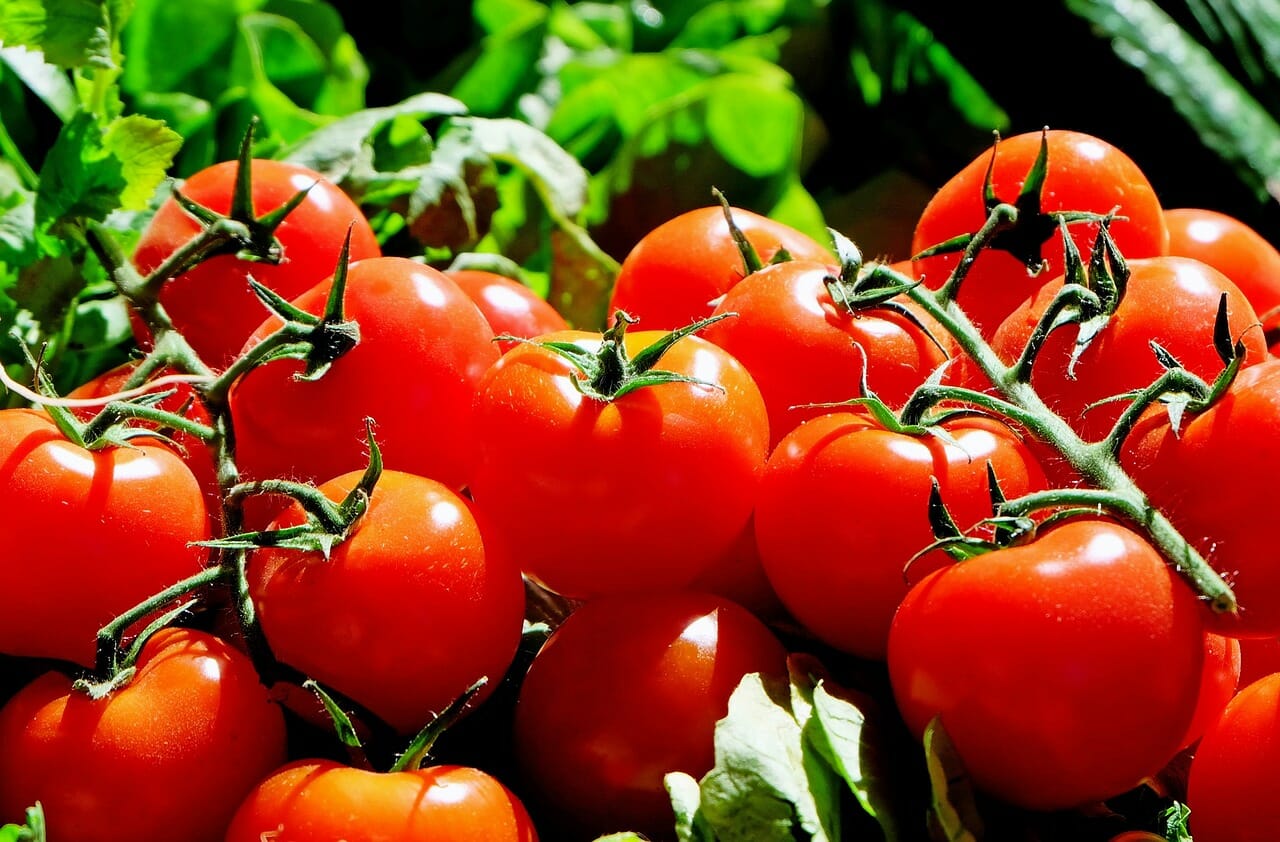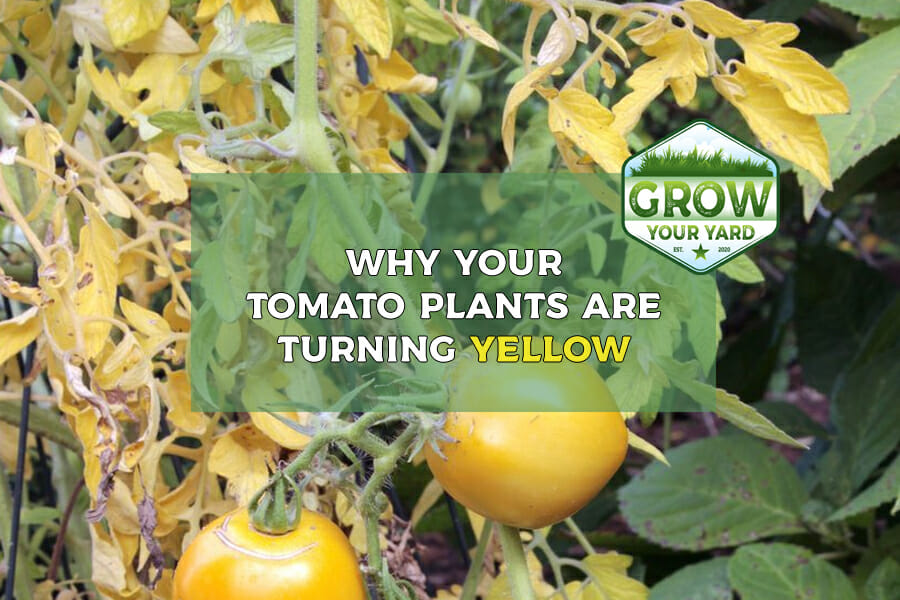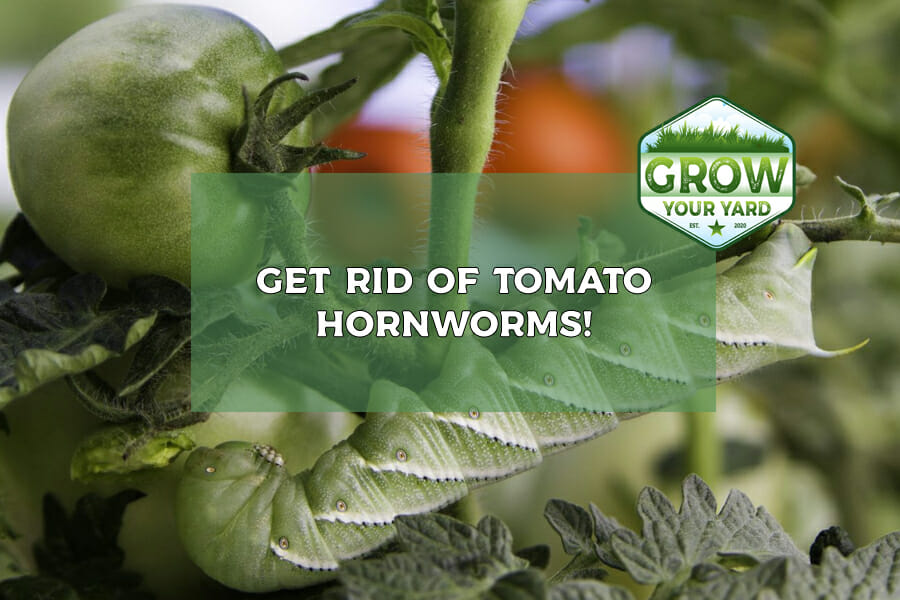Perhaps you know Epsom salt only for the many ailments it can cure. However, it can also be used in the garden and does wonders for tomatoes.
Epsom salt is amazing for tomatoes as it boosts chlorophyll production. Increased chlorophyll results in higher photosynthesis rates and more sugars, thus allowing for a tastier and flavorful tomato. Epsom salt can also deter pests, prevent root shock, and correct magnesium deficiencies.
In this article, you’ll see how and why Epsom salt is terrific for tomatoes. The article also explains how to use the salt correctly to get the best results.
What’s Epsom Salt?
Despite its name and appearance, Epsom salt is not truly salt, and you can’t put it in food. Instead, it’s a naturally occurring chemical compound known as Magnesium Sulfate (MgSO4), made up of magnesium, sulfur, and oxygen. It was first discovered in Epsom in Surrey, England, hence its name.
For years, people have used Epsom salt to treat ailments and in their gardens to grow crops.
Why Epsom Salt Is Great for Tomatoes
The two primary components of Epsom salt, magnesium, and sulfur are two of three secondary macronutrients, the third being calcium. These nutrients aren’t as essential as nitrogen, phosphorus, and potassium. Consequently, they’re not frequently incorporated into fertilizers, and if at all, only in trace amounts.
However, these minerals are critical for various plant processes and are more important than micronutrients like iron, chlorine, and boron.
Tomatoes and other nightshade family members have a greater need for these minerals, especially magnesium, vital for several plant processes. As such, Epsom salt supplements fertilizers, providing much-needed secondary nutrients.
The magnesium in Epsom salt increases chlorophyll production, which increases the rate of photosynthesis, resulting in more energy for proper plant development and greater crop yield.
The increased photosynthesis rate also makes more sugars available in the plant, allowing for a sweeter, juicier, and better-looking tomato fruit.
4 Additional Essential Benefits of Epsom Salt
Epsom salt’s benefits get attributed to its high magnesium content, a mineral that is often lacking in humans and plants alike, especially potted plants.
Besides being a great source of essential secondary plant nutrients, Epsom salt also can boost seed germination, deter pests, correct yellow leaves, and prevent root shock.
1. Facilitates Seed Germination and Seedling Performance
Many gardeners prefer to use seeds from their previous harvests. The magnesium in the seeds can influence how well your seedlings perform, as seeds from magnesium-deficient plants have reduced germination capacity and poor seedling performance.
Judicious use of Epsom salt provides the plant with adequate magnesium for proper fruits and seed development.
2. Prevents and Treats Root Shock
There’s always a risk of root shock when you transfer tomato seedlings to new soil. The shock causes leaves to wilt and may result in the death of the plant. Epsom salt can prevent or treat shock by triggering chlorophyll production, which in turn encourages new growth.
3. Deters Pests
Epsom salt can control common garden pests like slugs and snails that enjoy feeding on the leaves of young tomatoes and berries.
A sprinkling of magnesium sulfate around the base of the plants will discourage the slimy pests. Epsom salt will not work as effectively as regular table salt to dehydrate the slug. It will instead work like diatomaceous earth, bruising the skin and causing it to dry up. A mixture of one cup of Epsom salt and five gallons of water sprayed on the leaves may deter beetles and other insects.
4. Fixes Yellow Leaves
Yellow leaves on a plant will invariably result in low yield and stunted growth, as there’s not enough energy for proper growth and development. Leaf yellowing, where the leaf’s veins remain green while the other parts turn yellow, is called interveinal chlorosis. This type of yellowing results from a deficiency in magnesium. As such, the judicious application of Epsom salts will correct this deficiency and reverse the yellowing.
How To Use Epsom Salt for Tomatoes?
Despite its many benefits, Epsom salt is not a fertilizer and should not be used as one. How you use the salt depends on the stage of growth and the growing medium. As it’s soluble in water, most applications involve making a solution and spraying it over the foliage or pouring it into the soil directly.
Epsom Salt for Planting
When planting a tomato seedling, put a tablespoon of Epsom salts into the hole, then cover it with a soil layer, ensuring that it does not come in direct contact with the roots, as the salts can burn the still tender roots.
Alternatively, you can sprinkle the salts over the garden bed, working it into the soil afterward. Use one cup of magnesium sulfate for a 100 square feet bed, ensuring that you sprinkle the salt evenly.
Epsom Salt for Potted Tomatoes
Water potted tomatoes with a solution of one and a half tablespoon of salt and a gallon of water every month. Each time, ensure that the solution flows out of the drain hole in the pot before you stop.
Epsom Salt During Growth Season
You can spray growing tomatoes with a mixture of one and a half tablespoon of Epsom salts and a gallon of water every month. Doing this will encourage growth and make the tomatoes juicier with red and thick skin.
Epsom Salt for Magnesium Deficiency
Recall that magnesium deficiency appears as yellow leaves with green veins. You can correct this deficiency by applying a solution of one teaspoon of Epsom salt and a liter of water every two weeks.
Although you can pour the solution into the soil, it’s best to use a spray bottle to wet the entire plant, as the leaves will absorb the mixture faster than the roots can transport it to them.
The Takeaway
Epsom salt is great for tomatoes because of its magnesium and sulfur content, particularly magnesium, which contributes to chlorophyll production. The chlorophyll raises photosynthesis rate, making more sugars and energy available for a tastier, healthier tomato.
The salt can boost seed germination and correct interveinal chlorosis caused by magnesium deficiency. It can also prevent or treat transplant shock and can deter garden pests, particularly slugs.





